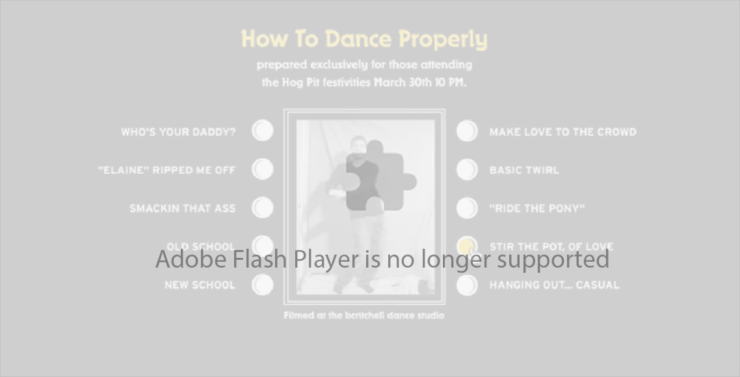Documentation
“Obsolete Innovations: The Case of Ze Frank’s Lost Digital Projects” – Chris van der Vegt

In his book Northern Sparks (2022), Micheal Century investigates the intersection of art, technology and policy in Canada from 1967 to 1992. One of Century’s central claims is that artists played a critical role in exploring the potential of new technologies during this period (5). Century writes that the artists not only experimented with new digital tools that became available but also innovated by building their own (16). This made me consider how important it is for artists to have ownership and control over the technologies they use in their work. In this blogpost, I discuss the work of Web 2.0 pioneer Ze Frank and the vulnerability of online art.
Although Ze Frank is best known for his mockumentary YouTube series True Facts About Animals and his work on Buzzfeed Motion Pictures, his history as an online (video) creator dates back to before the era of YouTube. Frank’s first experience with internet virality was through his Flash animation ‘How To Dance Properly’ on his personal website. What was intended to be a funny add-on to a party invitation went viral when it was rapidly shared via email (Newman 2008). Frank’s newfound audience inspired him to expand his website with more collaborative projects and games. In 2006, Frank created one of the first online video series, titled The Show with Ze Frank. YouTuber Hank Green once commented that “The Show revolutionised video. It took advantage of the fact that the internet is a two-way medium. … Pretty much everything you watch on YouTube nowadays is either directly or indirectly influenced by Ze Frank” (Green 2014, 2:53-3:09).
Frank’s website is still online, although it clearly hasn’t been updated since 2012, when he started working for BuzzFeed. The website still looks delightfully stitched together with strings of html compared to the sleek SquareSpace designs that are now ubiquitous. The site feels like a relique from an era of the internet that was more creative and diverse than the time after platformisation, after which we made profiles rather than websites.
The sad part of this history is that much of Frank’s website no longer functions. The plug-in’s for The Show no longer load the videos and none of the interactive toys and projects work since Adobe stopped supporting Flash on web browsers after 2020. Even ‘How To Dance Properly’ is now nothing more than a grey puzzle piece hoovering over the words ‘Adobe Flash is no longer supported’. Losses like these show how fragile online history is. Even if we know how to build digital objects like websites, animations and games, the code we have written might become part of a dead language. Not only is it incredibly interesting when artists experiment and build their own technological tools, this independence is vital in order to make digital artworks stand the test of time.
Rather than a relique, Ze Frank’s website now feels a more like a graveyard, kept in memory of software that is no longer with us. And who knows, if Elon Musk keeps going as he does, Frank’s ‘Follow Me On Twitter’ button might be the next link that leads to nowhere.
References
Century, Micheal. 2022. Northern Sparks: Innovation, Technology Policy, and the Arts in Canada from Expo 67 to the Internet Age. The MIT Press.
Frank, Ze. “How To Dance Properly”. Accessed November 30, 2022. http://www.zefrank.com/invite/swfs/index2.html.
Frank, Ze. “The Show”. Accessed November 30, 2022. http://www.zefrank.com/theshow/.
Frank, Ze. “Ze’s Page”. Accessed November 28, 2022. https://www.zefrank.com.
Green, Hank (Vlogbrothers). 2014. “Pre-History of Online Video.” YouTube video, 3:54, June 20, 2014. https://www.youtube.com/watch?v=Qfooiifd2v0.
Newman, Michael Z. “Ze Frank and the Poetics of Web Video.” First Monday (2008).

